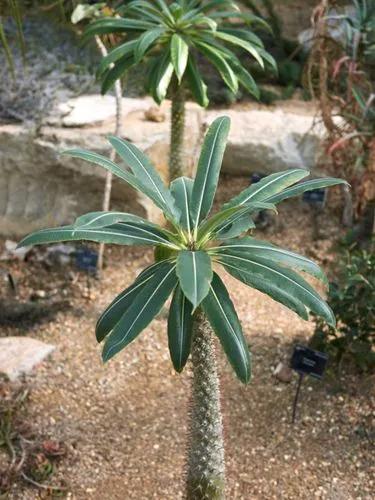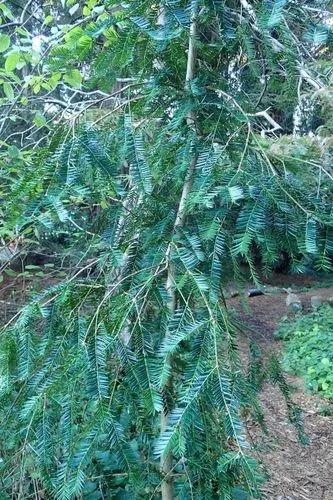Betula populifolia (gray or grey birch) is a deciduous tree native to eastern North America. It ranges from southeastern Ontario east to Nova Scotia, and south to Pennsylvania and New Jersey, with disjunct populations in Indiana, Virginia, and North Carolina. It prefers poor, dry upland soils, but is also found in moist mixed woodlands. Living only about 30 years, it is a common pioneer species on abandoned fields and burned areas.
Grey Birch Care
Betula Populifolia
Other names: Grey Birch, Old-field Birch, Wire Birch, Poplar-leaved Birch



Betula populifolia, commonly called gray birch, is a short-lived, narrow-columnar, suckering, deciduous tree that typically grows to 20-40’ tall. It most often appears in a multi-trunked form, but also grows with a single trunk. It is native primarily from Southeastern Canada to Virginia, with a scattering of plants extending westward to Illinois. It typically occurs in both dry and wet soils. This tree is noted for (1) its non-peeling chalky white bark with dark chevron trunk patches appearing below each branch base and (2) its long-pointed triangular green leaves. Triangular leaves (each to 3” long) are double-toothed and shiny with tapered tips. Fall color is usually undistinguished. Tiny monoecious flowers appear in early spring in separate catkins on the same tree: yellowish-brown male flowers in single catkins (to 4” long) at the branch tips and greenish female flowers in smaller, upright catkins (to 1/2” long). Female flowers are followed by drooping cone-like fruits containing numerous small winged seeds that typically mature in late summer. Plants have rough-warty twigs. Genus name is the Latin name for birch. Specific epithet come from the Latin populus meaning poplar genus and folia meaning leaves like those of the poplar.Species name comes from Populus (poplar genus) and Latin folia (leaf) in reference to leaf appearance.
How to Care for the Plant

Popularity

266 people already have this plant 14 people have added this plant to their wishlists
Discover more plants with the list below
Popular articles






